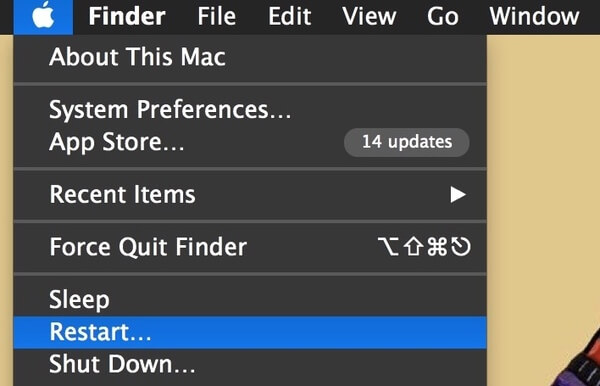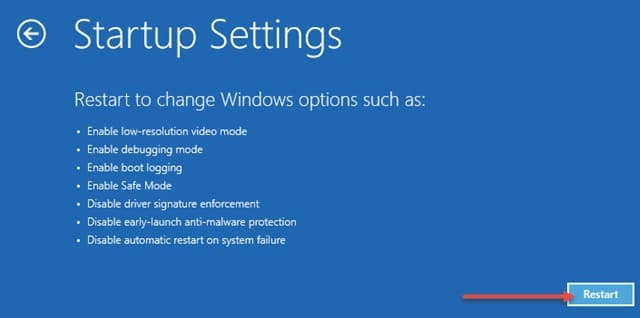


If you no longer encounter the issue, try restarting and testing again.
Mac restart safe mode mac#
With your Mac booted in Safe mode, test again for the freezing issue. Safe Boot should appear at the top right. Release the key when you see the login window and log in. As mentioned above, if a problem you’ve been having doesn’t occur when you boot in Safe mode, then it’s most probably related to a problematic kernel extension (perhaps related to faulty hardware) or an app issue. Try powering down your Mac and when going to power back on hold the command + option + P + R keys and press the power button (its kind of a stretch, but you. To boot into Safe mode, turn off (or restart) your Mac, and then press Shift as it boots. When prompted, click Continue in Safe Mode. Start by clicking the Apple icon in the top-left corner of the screen and then select 'About this Mac.' Next, click 'System Report. Choose the volume you would like to troubleshoot, then hold Shift. Long-press the Power (or Touch ID) button to turn it back onbut keep holding it till the startup options appear.
Mac restart safe mode how to#
There’s not much you can do apart from this in Safe mode. Heres how to boot your computer in safe mode on an Apple silicon Mac: Turn off your Mac. Safe mode also forces a directory check of the startup volume, which means that any issues with the hard disk that are interfering with the boot process can be identified. Release the key when you see the login screen. This clears up the caches and can speed up your Mac if it’s slowing your system down. Power on or restart your Mac, then immediately press and hold the Shift key as your Mac starts up. Safe mode does certain checks and may resolve your problem.
Mac restart safe mode software#
As only essential kernel extensions are loaded (hardware and software drivers), a third-party app may be causing your troubles.Īdditionally, system caches are automatically cleaned. To restart your Mac, click the Apple menu and then select Restart. Safe Mode allows you to safely power on your computer in the event that there is a system issue, and can help resolve various problems with your Mac. Hold down the Shift key and click Continue in Safe Mode. Press down the power button until the startup options and the Options gear icon appear on the screen. Thus you can usually identify any startup issues that you may be facing. Start an Apple M1 Mac in Safe Mode: Shut down your Mac computer and wait for 10 seconds. If your Mac wasn’t booting up before, when you started it normally, and it booted in Safe mode, it means there’s an issue with a program or an app (most probably a startup app).Īs we mentioned earlier, Safe mode performs certain checks and prevents some software from loading or opening when you start up your Mac. Once you’ve launched your Mac in Safe mode, the first step is to see if your Mac loads up correctly.


 0 kommentar(er)
0 kommentar(er)
